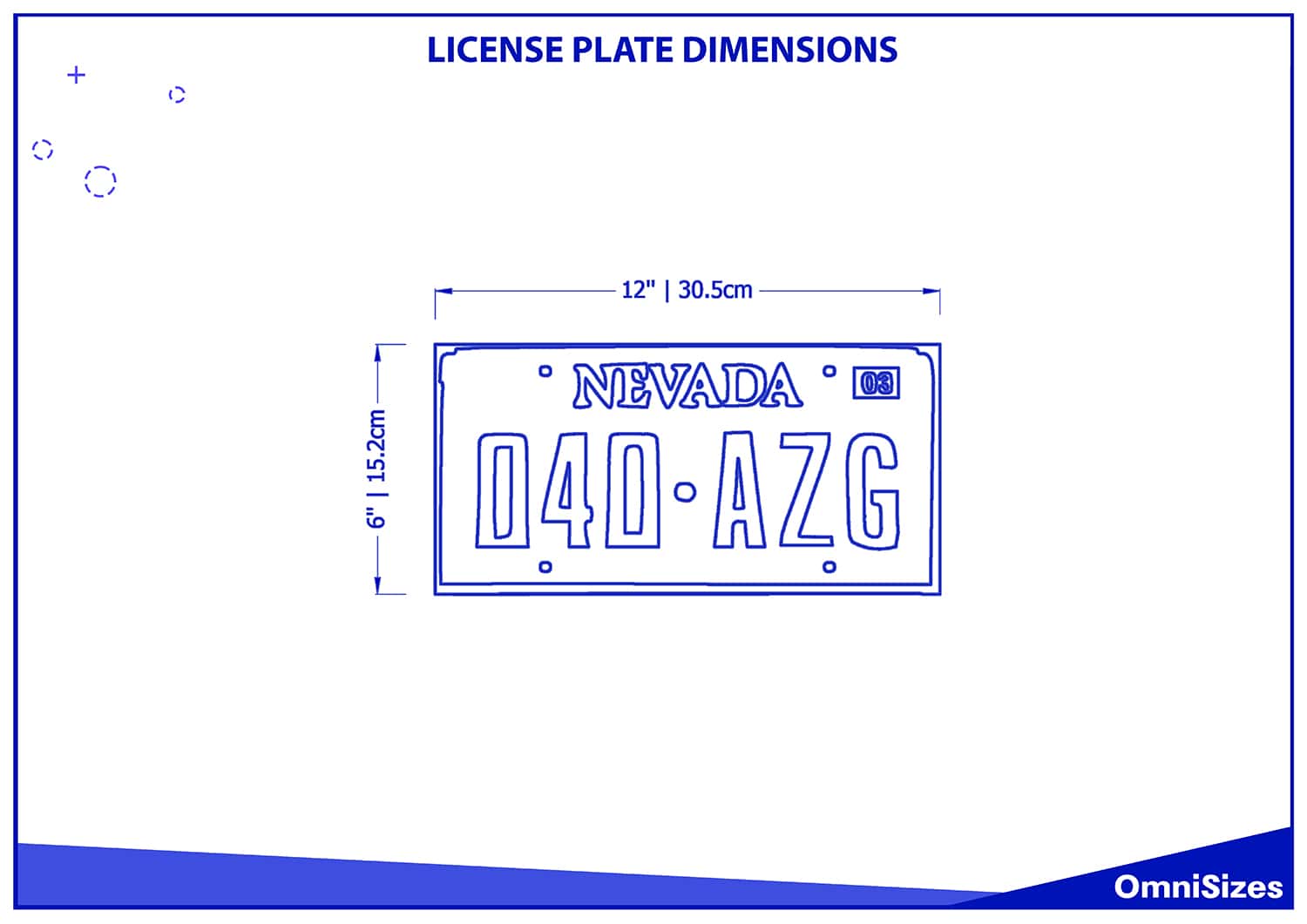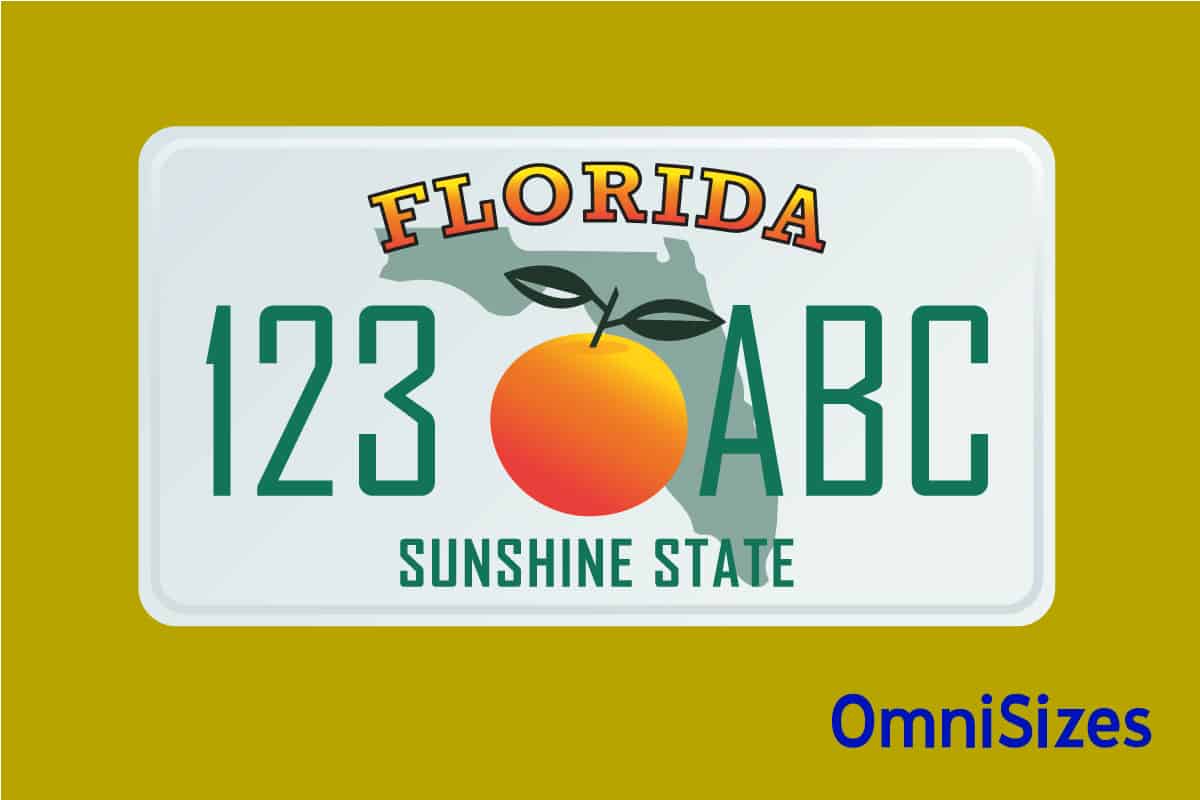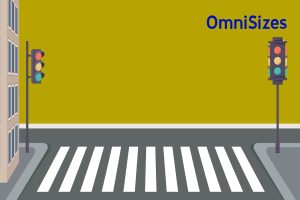License plates are ubiquitous and found on every car on the road. License plate dimensions are the specific measurements that dictate the size and shape of these plates. These measurements have evolved over time and can vary from one region or country to another.
Typically, license plate dimensions in the US can be around 12 × 6 inches (30.5 × 15.2 cm) for most cars. For other vehicles like motorcycles or trucks, the dimensions may vary, often being narrower or wider based on specific requirements.

This guide will help you understand the license plate measurements for different vehicles and across different regions.
Historical Evolution of License Plate Dimensions
In the early 20th century, automobiles were a novelty, and the need for identification arose as they became more popular. The first license plates weren’t standardized in size or material. In fact, many were handcrafted by vehicle owners using materials like porcelain, leather, or even metal.
They were essentially homemade signs showcasing unique numbers assigned by local governments. States began to produce their own plates, but the sizes varied widely based on the tools and materials available.
As automobile production ramped up and roads became busier, there was a need for more uniform and durable license plates. By the mid-20th century, steel and later aluminum became the standard materials for plate production. The introduction of these metals allowed for consistent, longer-lasting, and more easily produced plates.
The aesthetics of license plates have seen a vast array of changes, from simple number sequences to vibrant designs that represent state symbols, wildlife, and more. As designs became more intricate, the need for a standardized size became evident to ensure visibility and legibility.
Standard License Plate Dimensions by Region
License plates often differ in dimensions based on the region or country. These variations arise from historical, cultural, and practical reasons.
North America
- United States: The US predominantly uses a rectangular design for its license plates. The standard size for passenger vehicles is 12 × 6 inches (30.5 × 15.2 cm). However, some specialty plates or those for specific vehicle types might differ slightly.
- Canada: Similar to its southern neighbor, Canada’s standard license plate size for passenger cars is also 12 × 6 inches (30.5 × 15.2 cm). Each province can have its own design, but the dimensions are largely consistent across the country.
- Mexico: Mexico, aligning with the North American trend, also utilizes a license plate size of 12 × 6 inches (30.5 × 15.2 cm) for most of its vehicles. However, designs and color schemes can vary between states.
Europe
- European Union: Within the European Union, standard license plate dimensions tend to be wider and shorter than those in North America. A common size found across many EU countries is approximately 20.5 × 4.7 inches (52 × 12 cm). These plates offer ample space for both numbers and the blue EU emblem.
- United Kingdom: The UK has a unique system. Their standard front license plate measures 20.5 × 4.5 inches (52 × 11.4 cm), while the rear plate is often larger, around 21 × 6 inches (53 × 15 cm). This allows for better visibility from both the front and back of the vehicle.
- Eastern Europe and Russia: While many Eastern European countries align with the EU standard, there are slight variations. Russia, for instance, uses plates that measure roughly 20.5 × 4.4 inches (52 × 12.5 cm) for most passenger vehicles.
Asia
- China: In China, license plates for passenger cars generally measure about 11.8 × 6.5 inches (30 × 16.5 cm). The size provides a balance between visibility and accommodating Chinese characters.
- India: India’s license plates, often termed as “number plates,” have a standard dimension of 20 × 4.7 inches (50 × 12 cm) for passenger cars. The plates are alphanumeric and sometimes include an emblem representing the issuing state.
- Japan and Southeast Asia: Japan uses a unique size, with most passenger car plates measuring approximately 13 × 6.5 inches (33 × 16.5 cm). Neighboring Southeast Asian countries have varied sizes, often influenced by local vehicle designs and road conditions.
South America, Africa & Oceania
In South America, license plate sizes are influenced by regional agreements and vehicle types. Brazil and Argentina, for example, commonly use plates that are around 15 × 5 inches (40 × 13 cm) for cars.
African Countries
Africa, with its diverse range of countries, has varied license plate dimensions. However, a common size for many nations is approximately 20.5 × 4.3 inches (52 × 11 cm), resembling the EU standard.
Australia and New Zealand
Down under, both Australia and New Zealand have standardized around a size that’s 14.5 × 5.3 inches (37 × 13.4 cm) for passenger vehicles. Each Australian state has its own design, while New Zealand plates are consistent countrywide.
Specialty License Plates and Their Dimensions
While standard license plates serve the primary purpose of vehicle identification, specialty license plates cater to specific interests or causes. These plates come in various sizes and designs.
1. Personalized License Plates
These are license plates where vehicle owners can choose specific combinations of letters or numbers, reflecting names, hobbies, or sentiments. While the alphanumeric content is personalized, the dimensions typically adhere to the region’s standard sizes. For instance, in the US, a personalized plate for a passenger car would still measure 12 × 6 inches (30.5 × 15.2 cm).
2. Commemorative and Fundraising Plates
Many regions offer license plates commemorating specific events, anniversaries, or landmarks. Others might be for fundraising purposes, supporting causes like wildlife conservation or cancer research.
- U.S. State Parks: Several U.S. states offer plates supporting state parks. The dimensions are standard, but the design showcases park landmarks or wildlife.
- European Football Clubs: In Europe, fans can purchase plates showcasing their favorite football club’s logo. These plates typically maintain the standard EU dimensions of 20.5 × 4.7 inches (52 × 12 cm).
3. Motorcycles, Trailers, and Other Vehicles
Not all vehicles fit the typical car mold. Motorcycles, trailers, and other specialty vehicles have their own license plate requirements.
- Motorcycles: In the UK, motorcycle plates are rectangular and measure roughly 9 × 7 inches (23 × 17.8 cm). In the U.S., they are smaller than car plates but still maintain a rectangular shape.
- Trailers: Trailer plates in countries like Australia are similar in size to passenger vehicle plates, but the design or alphanumeric sequence might differ.




